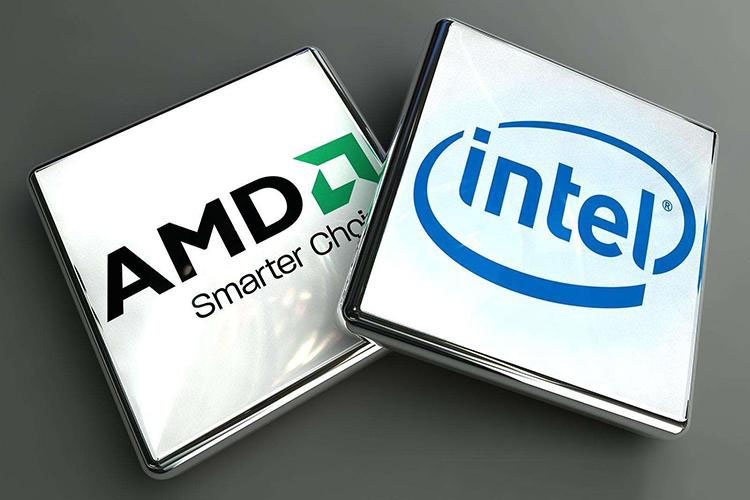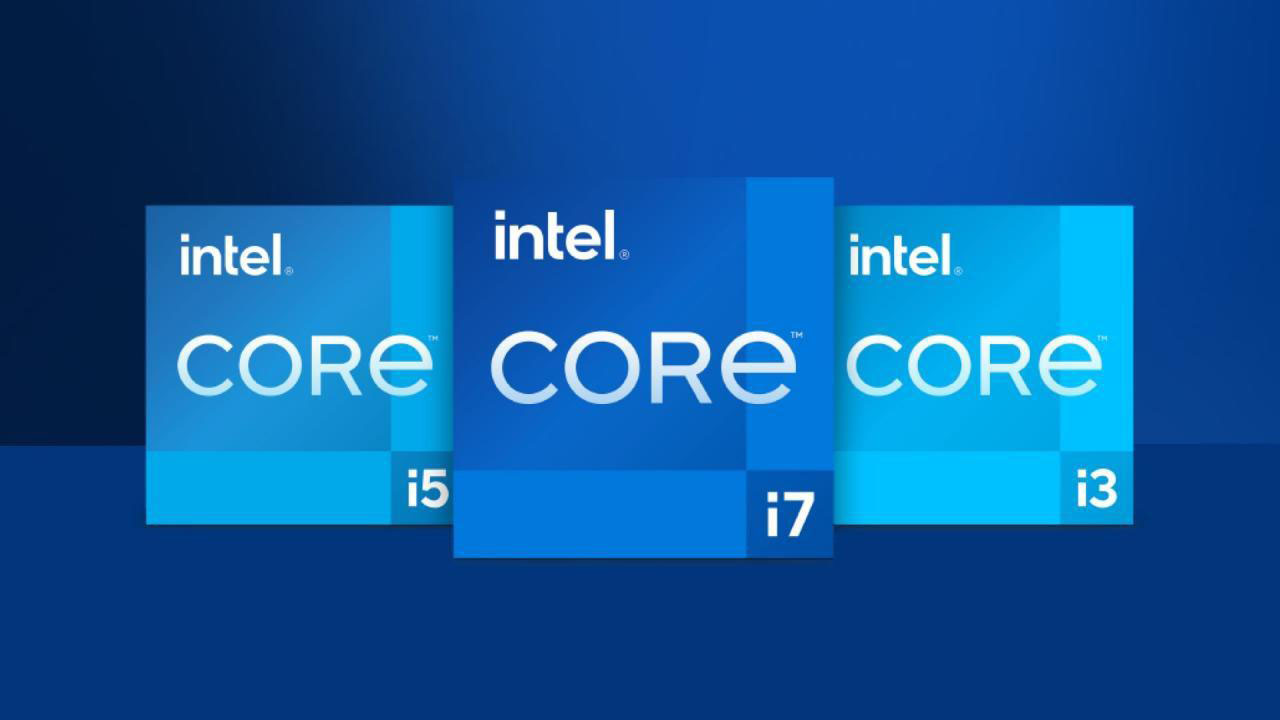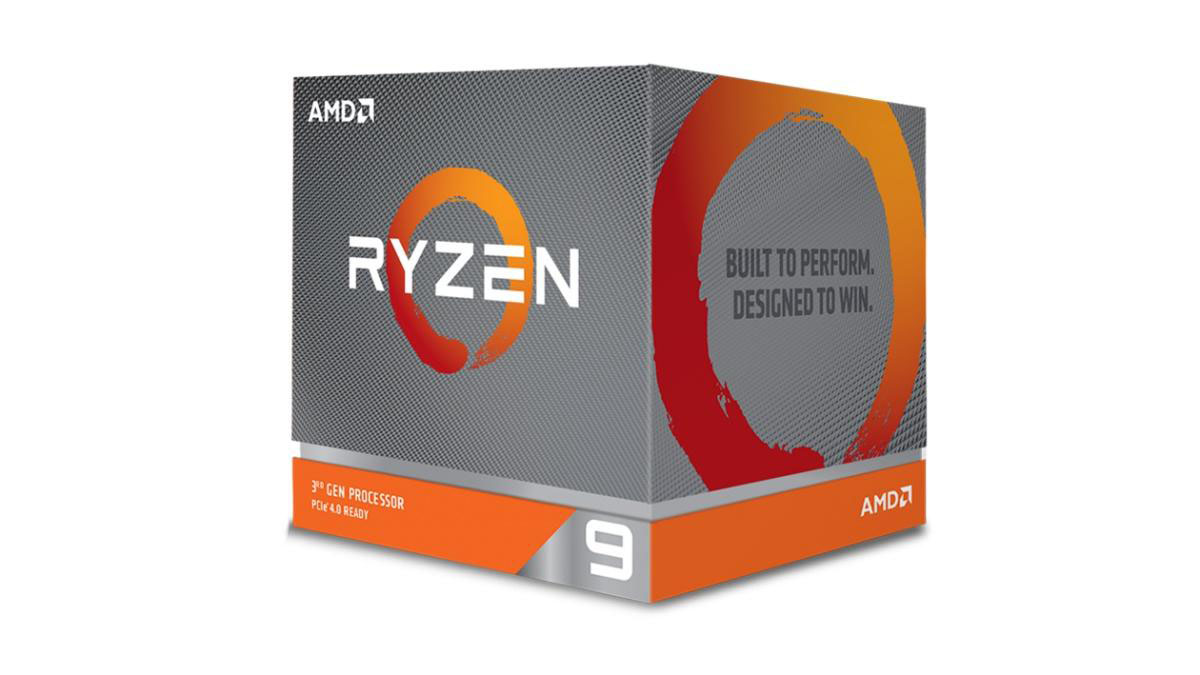
Privacy statement: Your privacy is very important to Us. Our company promises not to disclose your personal information to any external company with out your explicit permission.
The most important parameters of the CPU are process, architecture, main frequency, core, and cache. And support several generations of memory and whether there is a core graphics card.
At present, Intel's highest level core graphics card, UHD630, is in the level of independent graphics card GT730 (slightly higher). There are no issues with daily office work, graphic design, home audio and video, DNF, Fantasy Westward Journey, LOL, and various web games to play.
The performance of the core graphics card will greatly improve when you use two memory banks for dual access, so if you want to save budget and only play small games such as LOL, you can consider adding dual access memory, which can achieve high special effects and smoothness.

Next, we will talk about the most important core parameters of the CPU:
1. Process: The smaller the process, the more transistors can be made on the same size chip to improve performance and reduce power consumption (the higher the power consumption, the more heat generated, the higher the CPU temperature, and the performance lifespan will decrease, so power consumption is important). The smaller the process, the more pipelines or cores each chip can have. Intel has been using the 14nm process technology since the sixth generation Core, including the latest 9th generation Core, which is also 14nm. AMD's second-generation Ryzen uses the 12nm process technology, as well as the 7nm promoted by Huawei's Kirin 980 and the breakthrough 5nm mass production process announced by TSMC.

2. Architecture: Architecture belongs to research and development, which is very complex and not very helpful for installation, because the new CPU architecture is further optimized, and the products uniformly adopt the new architecture, which is usually better than the original architecture. It is worth mentioning that although Intel and AMD are both based on the X86 instruction set architecture, However, the main reason why Intel is more stable than AMD is due to its architectural advantages (currently only limited, and the gap has been narrowing). Architecture is actually a very important indicator of processor performance, but it has high consistency and few comparisons, so ordinary computer users do not need to delve deeper.
3.Main frequency (not necessarily higher is better): Main frequency is one of the parameters that directly reflects CPU performance. However, with the current level of technology, there will not be a significant breakthrough in main frequency, and it will generally be in the 4G-5GHz range when going live. Intel/AMD, two major CPU manufacturers, will focus on multi-core methods to improve performance. Mainly because the higher the CPU frequency, the higher the power consumption and heat generation, and heat dissipation will be a problem. If the temperature is too high, the lifespan, stability, and performance will be greatly reduced. Frequency can better reflect the performance of a single core. Currently, there are still many software that only supports single threaded work, so for such users, the proportion of frequency selection is greater.

4.Core/Thread (not necessarily more is better): When discussing the main frequency, we already talked about the core. Overall, the core should refer to single core performance and multi-core performance. The more cores there are, the stronger the data processing ability at the same time. Although multi-core is good, it may not be suitable for you, but it also depends on your usage needs.
Hyperthreading: For example, the I9 9900K with 8-core 16 threads is a CPU with hyper threading technology compared to the 8-core I7 9700K. When processing a task at I7 9700K, there are a total of 8 cores, each with one thread. If the task does not occupy the full core performance, the remaining performance of this core will be idle. If another task comes, the second core can only be used or the next task can only proceed after the task is completed.

5.Cache (larger is better): Cache is an important reference indicator. It is divided into first level cache, second level cache, and third level cache, all integrated on the CPU. The larger the cache, the better. The first level cache has the highest level, while the capacity is relatively the smallest. The CPU cache is very important. It runs at the same frequency as the CPU and is far higher than the memory frequency. When the CPU reads data, the first level, second level and third level read in turn. The data that is not available in the third level cache is retrieved from the memory. The hit probability of each level cache is about 80%, so the data to be called from the memory is very small. Because the cache speed is far higher than the memory, the larger the cache, the more data can be stored in the process of use, Reducing CPU data call time and improving execution efficiency is directly reflected in the user experience as fast speed.
LET'S GET IN TOUCH

Privacy statement: Your privacy is very important to Us. Our company promises not to disclose your personal information to any external company with out your explicit permission.

Fill in more information so that we can get in touch with you faster
Privacy statement: Your privacy is very important to Us. Our company promises not to disclose your personal information to any external company with out your explicit permission.